| 111 | 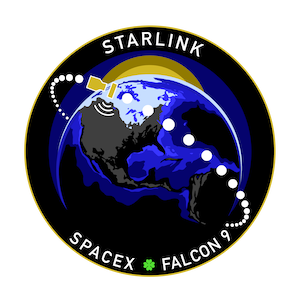 | Starlink-13 (v1.0) | Sun Oct 18 2020 | Successful 🚀 | This mission will launch the thirteenth batch of operational Starlink satellites, which are expected to be version 1.0, from LC-39A, Kennedy Space Center. It is the fourteenth Starlink launch overall. The satellites will be delivered to low Earth orbit and will spend a few weeks maneuvering to their operational altitude of 550 km. The booster for this mission is expected to land on an ASDS. | Kennedy Space Center Historic Launch Complex 39A | 🔍 Details |
| 112 |  | Starlink-14 (v1.0) | Sat Oct 24 2020 | Successful 🚀 | This mission will launch the fourteenth batch of operational Starlink satellites, which are expected to be version 1.0, from SLC-40, Kennedy Space Center. It is the fifteenth Starlink launch overall. The satellites will be delivered to low Earth orbit and will spend a few weeks maneuvering to their operational altitude of 550 km. The booster for this mission is expected to land on JRTI. | Cape Canaveral Space Force Station Space Launch Complex 40 | 🔍 Details |
| 113 | 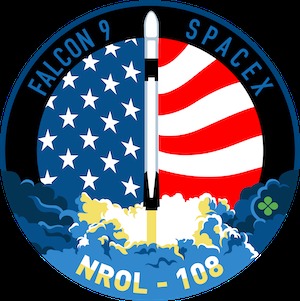 | NROL-108 | Sat Dec 19 2020 | Successful 🚀 | SpaceX will launch NROL-108 for the National Reconnaissance Office aboard a Falcon 9 from SLC-40, Cape Canaveral Air Force Station. The booster for this mission is expected to land at LZ-1. | Kennedy Space Center Historic Launch Complex 39A | 🔍 Details |
| 114 |  | Starlink-15 (v1.0) | Wed Nov 25 2020 | Successful 🚀 | This mission will launch the fifteenth batch of operational Starlink satellites, which are version 1.0, from SLC-40, Cape Canaveral Air Force Station. It will be the sixteenth Starlink launch overall. The satellites will be delivered to low Earth orbit and will spend a few weeks maneuvering to their operational altitude of 550 km. The booster for this mission is expected to land on an ASDS. | Cape Canaveral Space Force Station Space Launch Complex 40 | 🔍 Details |
| 115 |  | Starlink-16 (v1.0) | Wed Jan 20 2021 | Successful 🚀 | This mission launches the sixteenth batch of operational Starlink satellites, which are version 1.0, from SLC-40 or LC-39A. It is the seventeenth Starlink launch overall. The satellites will be delivered to low Earth orbit and will spend a few weeks maneuvering to their operational altitude. The booster is expected to land on an ASDS. | Kennedy Space Center Historic Launch Complex 39A | 🔍 Details |
| 116 | 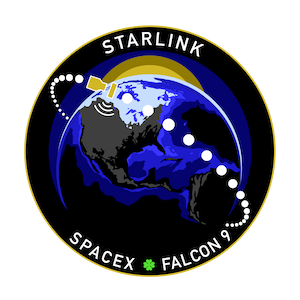 | Starlink-17 (v1.0) | Thu Mar 04 2021 | Successful 🚀 | This mission launches the sixteenth batch of operational Starlink satellites, which are version 1.0, from LC-39A. It is the eighteenth Starlink launch overall. The satellites will be delivered to low Earth orbit and will spend a few weeks maneuvering to their operational altitude. The booster is expected to land on an ASDS. | Kennedy Space Center Historic Launch Complex 39A | 🔍 Details |
| 117 | 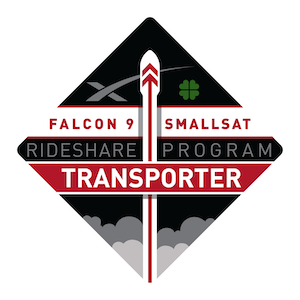 | Transporter-1 | Sun Jan 24 2021 | Successful 🚀 | SpaceX will launch a dedicated rideshare mission from SLC-40 or LC-39A. The spacecraft will be delivered into a sun-synchronous orbit. The booster for this mission is expected to land on an ASDS. | Cape Canaveral Space Force Station Space Launch Complex 40 | 🔍 Details |
| 118 |  | SARah 1 | Sat Jun 18 2022 | Successful 🚀 | N/A | Vandenberg Space Force Base Space Launch Complex 4E | 🔍 Details |
| 119 |  | Crew-2 | Fri Apr 23 2021 | Successful 🚀 | SpaceX launches the second operational mission of its Crew Dragon vehicle as part of NASA's Commercial Crew Program, carrying NASA astronauts Shane Kimbrough, Megan McArthur, Thomas Pesquet, and Akihiko Hoshide to the International Space Station. The Falcon 9 and Crew Dragon lift off from LC-39A, Kennedy Space Center. Both the booster and the capsule have flown previously, each a first for a commercial crew flight. The booster for this mission is expected to land on an ASDS. The mission will be complete with the safe return of the astronauts to Earth. | Kennedy Space Center Historic Launch Complex 39A | 🔍 Details |
| 120 | 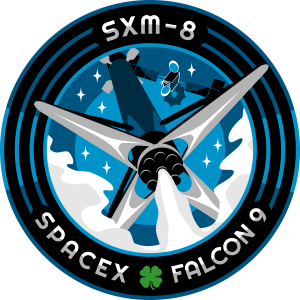 | SXM-8 | Sun Jun 06 2021 | Successful 🚀 | SpaceX launches the second of two next generation satellites for SiriusXM from SLC-40, Cape Canaveral Space Force Station. The spacecraft will be delivered into a sub-synchronous geostationary transfer orbit and will replace XM-4 in geostationary orbit. The booster for this mission will land on an ASDS. | Cape Canaveral Space Force Station Space Launch Complex 40 | 🔍 Details |









